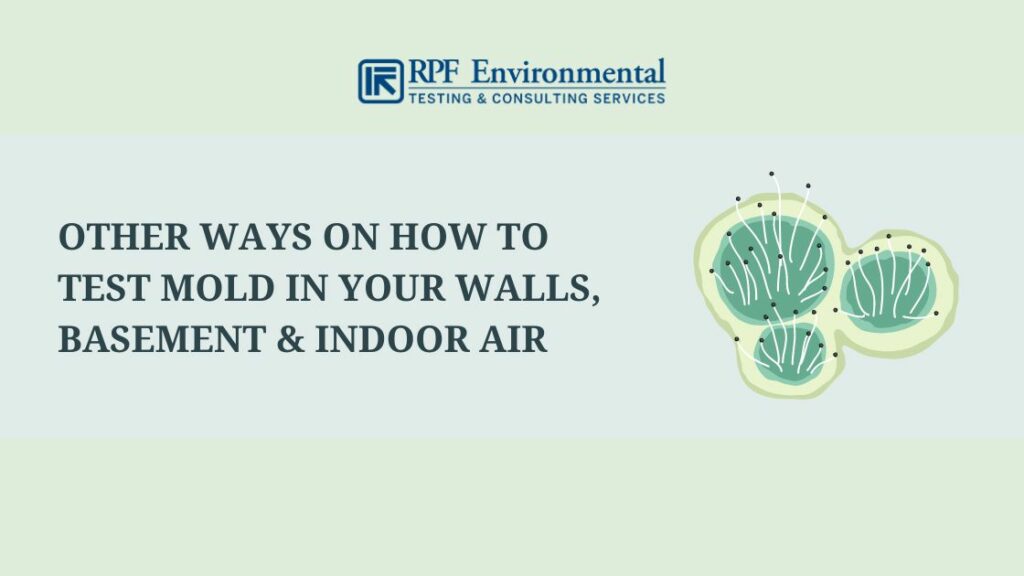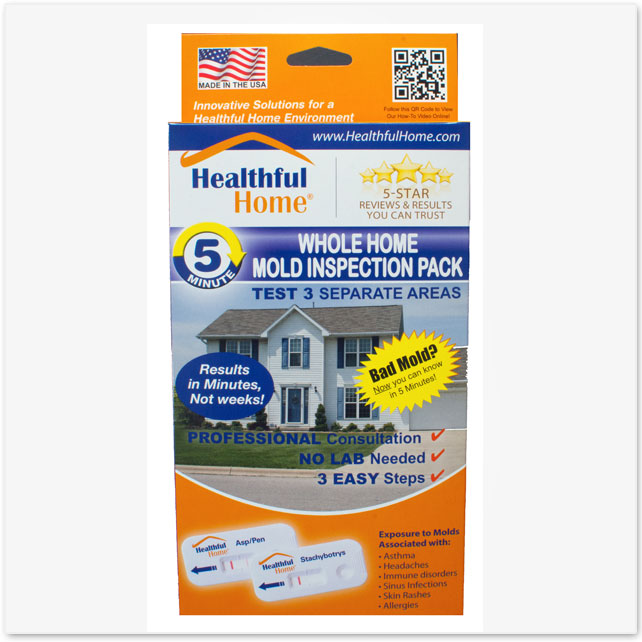Mycotoxin testing Services: Ensuring Top Quality and Security in Your Supply Chain
Mycotoxin testing Services: Ensuring Top Quality and Security in Your Supply Chain
Blog Article
Exactly How Mycotoxin Screening Aids Prevent Contamination and Protect Food Materials

Mycotoxin testing is a crucial technique in the food market, serving as a frontline defense versus contamination by dangerous toxic substances created by molds. Through the application of innovative strategies like High-Performance Fluid Chromatography (HPLC) and Liquid Chromatography-Mass Spectrometry (LC-MS), food producers can precisely evaluate and detect mycotoxin degrees in farming items. This positive method not only guarantees compliance with stringent safety and security laws but also mitigates health threats to customers. Moreover, normal testing strengthens brand name credibility and monetary health by lowering contamination-related incidents. Just how precisely do these testing methods incorporate right into the more comprehensive food safety approach?
Comprehending Mycotoxins
Understanding mycotoxins begins with recognizing that they are harmful additional metabolites created by specific molds, which can pollute agricultural products. These metabolites are not vital for the growth or reproduction of the fungi however can have serious implications for human and animal health. Mycotoxins are commonly found in staple crops such as corn, wheat, barley, and nuts, where they can multiply under details problems of dampness and temperature level.
There are several types of mycotoxins, each generated by various fungal types. Fusarium varieties generate trichothecenes and fumonisins, both of which are linked with different acute and persistent health and wellness issues.

Dangers of Mycotoxin Contamination
The dangers of mycotoxin contamination are multifaceted, posing substantial dangers to both food security and public health and wellness. Mycotoxins, toxic substances generated by specific sorts of fungis, can infect a wide variety of agricultural items consisting of grains, nuts, seasonings, dried out fruits, and coffee. As soon as these contaminants penetrate the food supply, they can cause severe health and wellness issues such as liver damages, kidney failing, and even cancer. Prone populations, including children, the senior, and immunocompromised individuals, are specifically at threat.
Economic influences are another significant concern. Polluted crops can lead to significant monetary losses for farmers and food manufacturers due to minimized returns and the need for pricey decontamination steps. Furthermore, worldwide profession can be substantially prevented as countries impose rigorous mycotoxin regulations to secure their populaces, resulting in turned down shipments and stretched profession connections.
Ecological elements such as environment change intensify the danger of mycotoxin contamination. Variants in temperature and humidity can create desirable problems for fungal development, boosting the likelihood of contamination occasions. Thus, understanding and minimizing these risks are essential for guaranteeing the security and stability of worldwide food materials.
Techniques of Mycotoxin Checking
Precisely determining mycotoxin contamination in agricultural products is vital for securing public health and wellness and preserving food safety standards. Various approaches are used to find and measure mycotoxins, each offering particular advantages and limitations.
High-Performance Fluid Chromatography (HPLC) is a commonly utilized method due to its high level of sensitivity and accuracy. It involves dividing mycotoxins from various other compounds in a sample, making it possible for precise quantification. Fluid Chromatography-Mass Spectrometry (LC-MS) integrates liquid chromatography with mass spectrometry to give detailed molecular details, making it specifically helpful for identifying multiple mycotoxins all at once.

Gas Chromatography-Mass Spectrometry (GC-MS) and Thin-Layer Chromatography (TLC) are also utilized, each with special applications. GC-MS works for unpredictable mycotoxins, while TLC offers a simpler, cost-effective choice for initial testing.
Benefits of Regular Testing
Normal screening for mycotoxins in agricultural products supplies countless advantages, substantially adding to public health and food safety and security. By recognizing contamination early, routine testing helps protect against the circulation of hazardous foods, thus minimizing the risk of mycotoxin-related illnesses amongst customers. This proactive strategy not just safeguards human health and wellness but additionally improves the overall top quality of food materials.
Various nations and areas have actually established rigid limitations for mycotoxin levels in food and feed. Adhering to these limitations with normal testing ensures that vendors and manufacturers satisfy lawful requirements, have a peek at these guys thus staying clear of charges and trade barriers.
In addition, routine mycotoxin screening can cause significant financial advantages. Early discovery of contamination permits timely intervention, minimizing prospective losses from prevalent contamination. Implementing normal screening protocols can likewise decrease recall prices and relevant obligations, which can be financially devastating.
Additionally, normal testing supplies important data that can notify better agricultural methods and storage problems. By recognizing patterns of contamination, producers can take on precautionary steps, thus contributing and minimizing future risks to the sustainability of the food supply chain.
Executing Examining Procedures
Implementing reliable mycotoxin screening procedures is crucial for making sure the security and quality of agricultural items. Each phase must be her latest blog inspected to determine where mycotoxin contamination is most likely to take place.
Once important control points are recognized, choosing suitable testing approaches is important. Common methods include enzyme-linked immunosorbent assay (ELISA), high-performance fluid chromatography (HPLC), and mass spectrometry (MS) Each approach has its staminas and weaknesses; hence, picking the proper one relies on the details mycotoxin being examined, the required level of sensitivity, and readily available resources.

Last but not least, integrating the screening procedures into a detailed food safety administration system is suggested. This boosts traceability and makes it possible for quick restorative activities when contamination is detected, therefore protecting the integrity of the food supply chain.
Verdict
Mycotoxin testing is important in preventing contamination and securing food materials by making it possible for early detection of hazardous toxic substances generated by mold and mildews in farming products. Advanced methods such as HPLC and LC-MS make certain conformity with safety guidelines and safeguard consumers from health and wellness risks. Routine testing enhances brand credibility, economic security, and count on food safety by decreasing contamination-related losses and maintaining high standards in food production. Carrying out strenuous screening protocols is thus imperative for the sector's general well-being.
Mycotoxin testing is a crucial method in the food market, offering as a frontline protection versus contamination by dangerous contaminants generated by mold and mildews. An integrated method including agricultural practices, storage management, and routine screening can mitigate the threats linked with mycotoxin contamination, making sure food safety and public health and wellness.
The risks of mycotoxin contamination are complex, posing significant dangers to both food safety and security and public health and wellness.Routine testing for mycotoxins in farming items uses countless advantages, substantially contributing to public health and food safety and security.Mycotoxin screening is essential in preventing contamination and safeguarding food materials by enabling early discovery of damaging toxic substances produced by mold and mildews in agricultural products.
Report this page